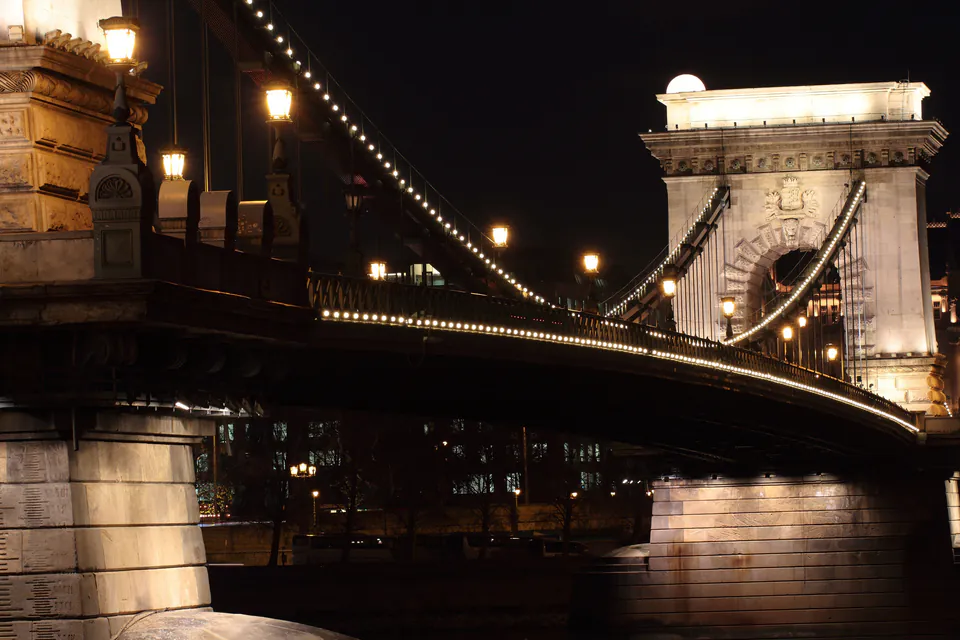Budapest in 24 Hours: An Essential Itinerary
Budapest sits along the Danube River like something out of a fairy tale. The historic Buda hills on one side, busy Pest streets on the other. People call it the "Pearl of the Danube" and once you see those amazing old buildings, famous thermal baths, and feel the energy that mixes imperial history with modern quirks, you'll get why.
We know 24 hours sounds crazy short for such a big city, but a smart plan can show you what makes Budapest special and leave you wanting to come back. This packed itinerary takes you from medieval walls and Gothic churches to stunning architecture and unique cultural spots. Every minute counts when you're doing Hungary in a day.
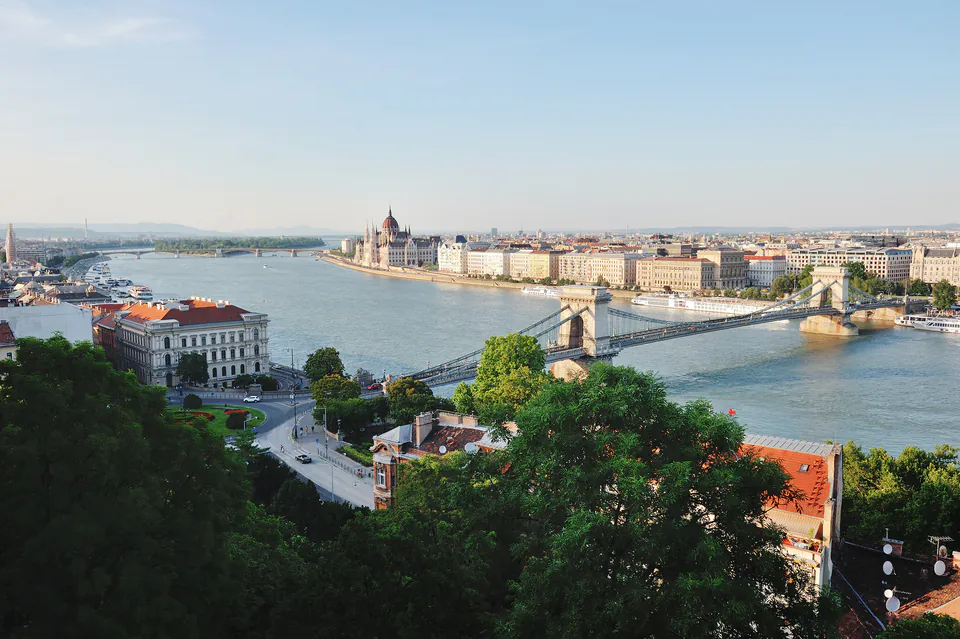
Start Your Morning on Historic Buda
Your Budapest day starts on the Buda side, going up Castle Hill (Várhegy). This UNESCO World Heritage spot sits 170 meters above the Danube. It has some of Budapest's most important medieval buildings and great morning views before the crowds show up.
You can take the cute Buda Castle Funicular from 1870 for a fun ride up. Or just hop on Bus 16 if you want something quick. Walking up the cobblestone paths is pretty nice too if you have the energy.
Checking Out Buda Castle
Buda Castle (also called the Royal Palace) tells the story of Hungary's crazy but rich history. King Béla IV first built something here in the 1200s to keep the Mongols out. Since then it's been a royal home, fortress, and government center for hundreds of years.
The courtyards are open all day and night, so you can walk around and see the impressive outside architecture anytime. If you're rushed, just focus on the courtyards and maybe pick one museum inside this huge complex.
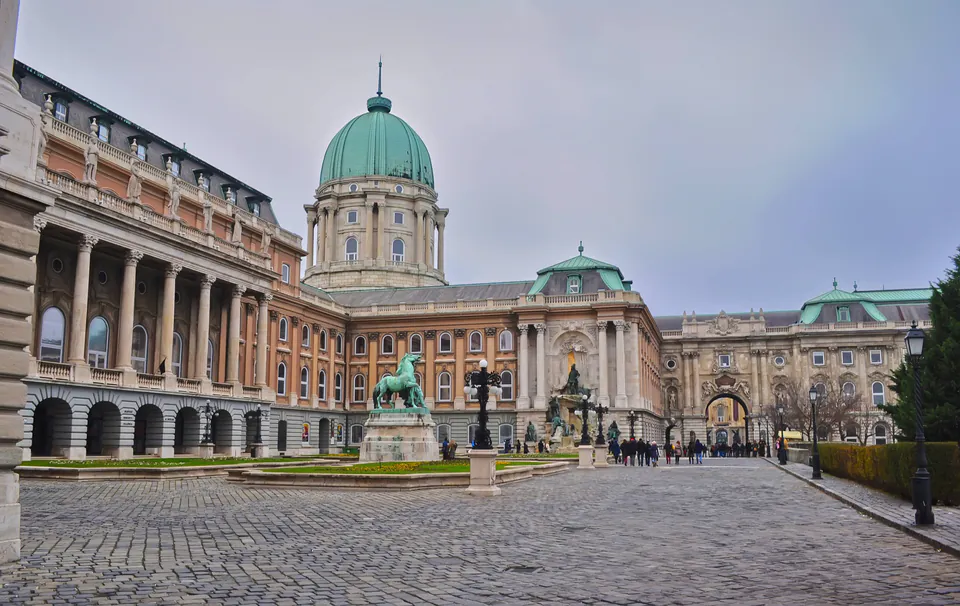
The Hungarian National Gallery has four wings full of Hungarian art from medieval times to today. The best stuff includes Gothic art, those big Gothic altar pieces, and important 1800s paintings. The Gallery's Dome gives you amazing views over the whole city.
The Budapest History Museum shows how the city changed over 2000 years from Roman times to now. The coolest parts are the old medieval Royal Palace ruins they dug up, Gothic sculptures, and interesting exhibits about "Medieval Buda" and Budapest's thousand years as a capital.
Fairy Tale Views at Matthias Church and Fisherman's Bastion
A quick walk from Buda Castle gets you to two of Budapest's most picture-perfect spots that look like they're from a storybook.
Matthias Church (officially called the Church of Our Lady of Buda) is one of Budapest's most beautiful and historically important churches. People say St. Stephen started a church here in 1015, but what you see now is mostly from the 1300s with lots of late 1800s restoration work. This church saw tons of royal coronations and even got turned into a mosque when the Ottomans took over.
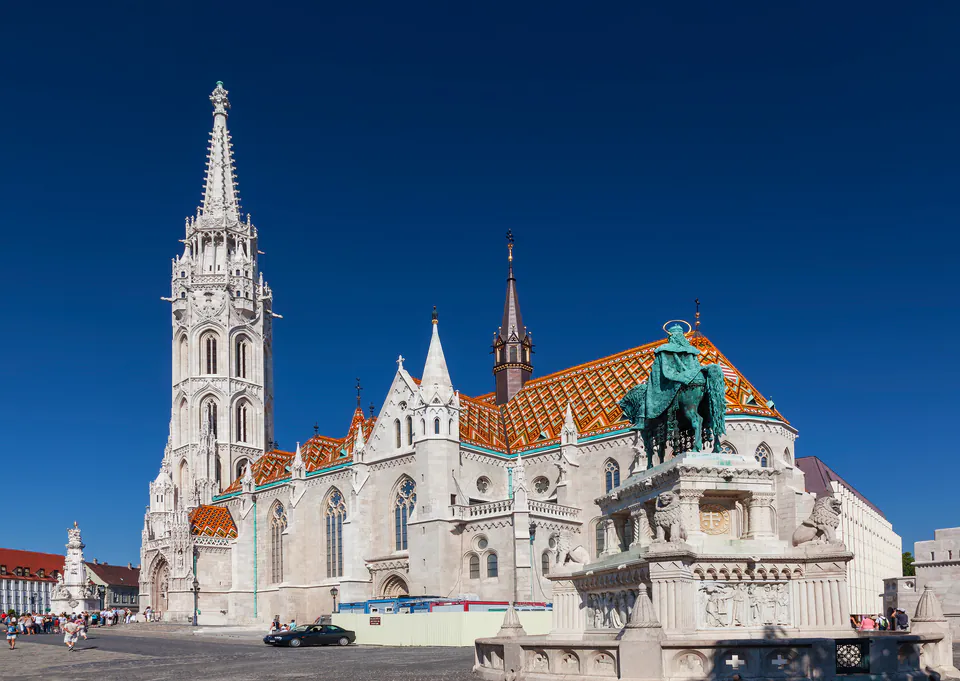
Fisherman's Bastion gives you probably the most famous panoramic views across the Danube to Pest, with the Parliament Building as the star of the show. This gorgeous Neo-Gothic viewing terrace was built between 1895 and 1902. It has seven fairy tale towers that represent the seven Magyar tribes that conquered this area and founded Hungary.
The lower walkways and courtyards are free and open 24/7, but you need tickets for the upper towers and best viewing spots. We always recommend going early in the morning for that golden light and way fewer people fighting for those perfect Parliament photos.
Lunch Break and Moving to Pest
After a morning of history, you need some real Hungarian food. Try classic dishes like hearty Goulash (Gulyás) or crispy Lángos from casual places in the Castle District. Or head over to Pest where there are more food options near the afternoon attractions.
Quick Lunch Options Near Key Areas
| Type of Food | Potential Location | Estimated Cost (per person) | Brief Note |
|---|---|---|---|
| Lángos | Castle District stalls, Pest street vendors | HUF 800-2000 ($3-$7) | Quick, traditional, filling |
| Goulash Soup | Casual restaurants in Castle District or Pest | HUF 1500-3000 ($5-$10) | Hearty, iconic Hungarian soup |
| Sandwich/Café Fare | Cafes near attractions | HUF 1200-2500 ($4-$8) | Good for light, quick bite |
| Strudel (Rétes) | Bakeries, Market Hall | HUF 500-1000 ($2-$4) | Sweet or savory pastry |
The Amazing Hungarian Parliament Building
This massive building dominates Pest's riverbank and really shows off Hungarian democracy and tradition. It took 17 years to build and was finished in 1902. Imre Steindl designed this incredible Neo-Gothic building based on London's Palace of Westminster.
This architectural wonder is one of the world's biggest parliament buildings with 691 rooms. The 96-meter central dome is exactly the same height as St. Stephen's Basilica on purpose. It's supposed to show that government and church power are equal in Hungary.
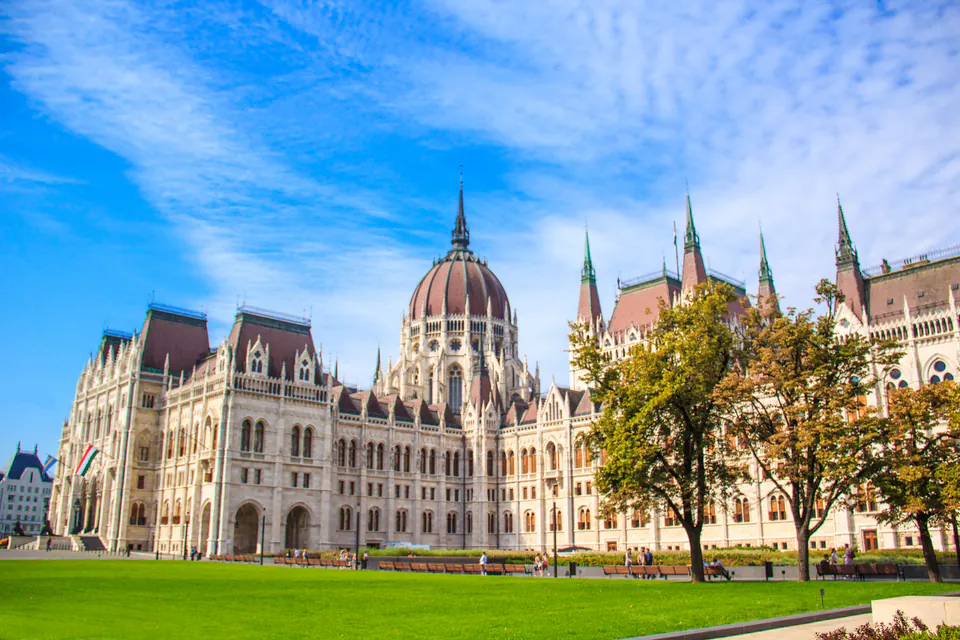
You can look at it from Kossuth Lajos Square or take 45-minute guided tours that show you the fancy interiors. You'll see the Main Staircase with Károly Lotz's paintings, the incredible Dome Hall where they keep the Holy Crown of Hungary, and the old Chamber of Deputies.
Important tip: Book tickets online way ahead of time through the official seller at jegymester.hu/parlament. Way more people want tickets than they have available and those third-party resellers will totally rip you off.
A Sad But Important Stop at Shoes on the Danube Bank
Walk south along Pest's riverbank and you'll find one of Budapest's most moving memorials. The Shoes on the Danube Bank has 60 pairs of 1940s-style iron shoes (men's, women's, and children's) stuck in concrete.
This heartbreaking installation remembers thousands of Jewish victims who were told to take off their shoes by fascist Arrow Cross militiamen before being shot into the Danube during winter 1944-1945. Film director Can Togay and sculptor Gyula Pauer created it in 2005. It's a harsh reminder of this dark time in history and a place for quiet thinking.
St. Stephen's Basilica Reaches for the Sky
Named after St. Stephen, Hungary's first king who founded the country, St. Stephen's Basilica is Budapest's biggest church. It can fit up to 8,500 people. Building it took over 50 years (1851-1906) and involved three different architects, which is why you get this amazing mix of Neo-Classical and Neo-Renaissance styles.
Inside it's absolutely stunning with fancy paintings, statues, and mosaics everywhere. The most sacred thing they have is the Szent Jobb (Holy Right Hand), which is St. Stephen's actual mummified right hand in a fancy case. If you want incredible 360-degree views of Budapest, go up to the Panorama Terrace in the dome. You can take stairs or an elevator.
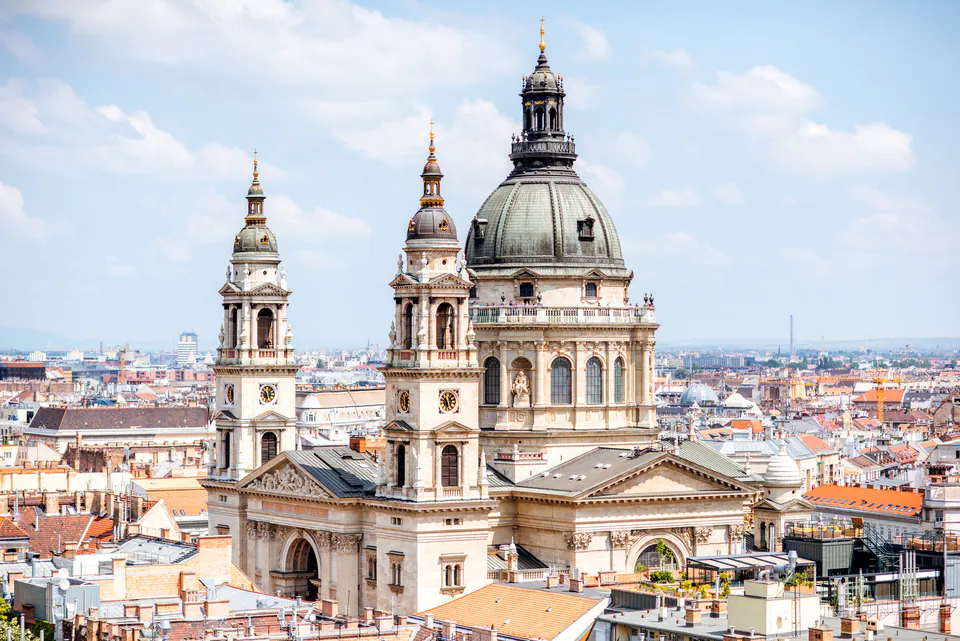
Late Afternoon: Pick Your Adventure
As the afternoon winds down, you get to choose your Budapest experience. You can soak in the world-famous thermal baths or dive into the busy market scene. This choice works for different speeds and interests when you're on a tight schedule.
Option 1: Szechenyi Thermal Bath Heaven
For the real Budapest experience, go to Szechenyi Thermal Bath, which is Europe's biggest medicinal bath complex. Built in 1913, this gorgeous Neo-Baroque palace in City Park has 18 pools (15 inside, 3 big outdoor ones), tons of saunas, and steam rooms. It's a unique place to relax and be social while bathing.
The outdoor pools are where locals famously play chess on floating boards, which makes for some pretty iconic scenes. The thermal waters have lots of minerals like calcium, magnesium, and sulphate that supposedly help with joint pain, improve circulation, reduce stress, and are good for your skin.
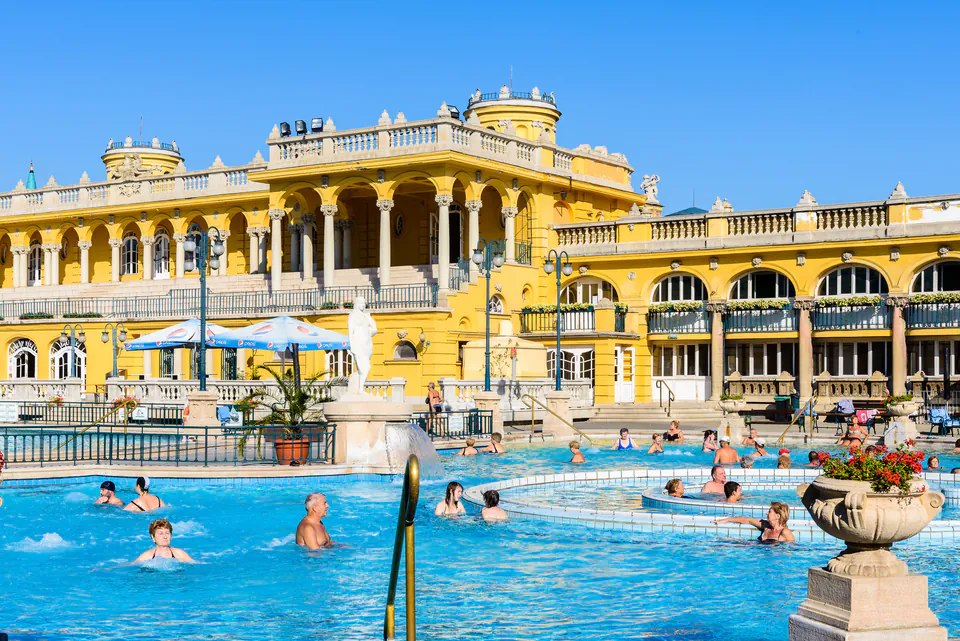
Must bring: Swimsuit, towel, and flip-flops (you have to have these for hygiene throughout the whole place). Swimming caps are only needed for the central outdoor lap pool, not the thermal leisure pools. We strongly recommend booking online ahead of time, especially during busy seasons.
Option 2: Great Market Hall Culture Trip
Or you can check out the Great Market Hall, Budapest's biggest and oldest indoor market. It's an architectural wonder that opened in 1897. The impressive steel structure and colorful Zsolnay-tiled roof make it worth seeing just for the building itself. It's also a lively hub of local life.
This three-level market gives you different experiences. Ground floor has fresh produce, meats, and incredible Hungarian paprika varieties. First floor has traditional handicrafts, folk dolls, embroidered tablecloths, and food stalls serving hot Hungarian classics like Lángos and Goulash. Basement has fish market, pickle vendors, and a supermarket.
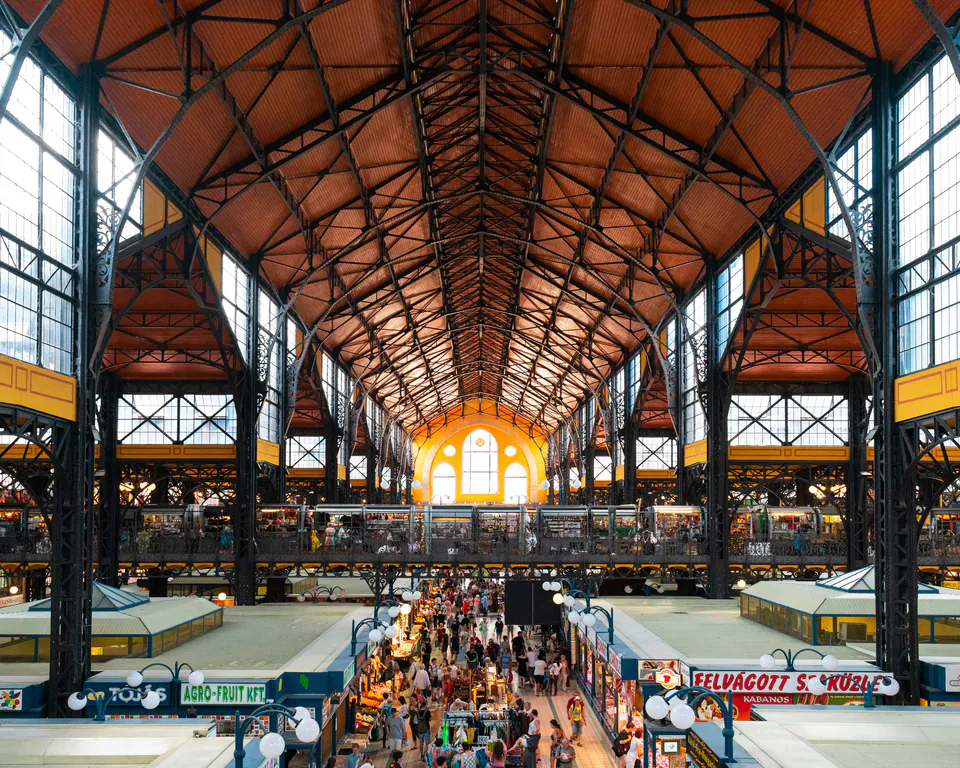
Evening Fun and Nightlife
Danube River Cruise Lights
When night comes, Budapest turns into this illuminated show that's best seen from the Danube River. Evening cruises give you amazing views of landmarks lit up against the night sky. You'll see the brilliantly lit Parliament Building, majestic Buda Castle complex, Matthias Church, Fisherman's Bastion, elegant Chain Bridge, and Liberty Statue on top of Gellért Hill.
Cruise options go from simple sightseeing tours starting around €9.90 to fancy dinner cruises with Hungarian food and live music (€69-€259 for special events). Many include welcome drinks, and some have full multi-course dinners.
Dinner Time
Budapest's food scene has tons of variety from traditional Hungarian restaurants to international cuisine. You have to try Chicken Paprikash (Csirke Paprikás), hearty Pörkölt stews, and Stuffed Cabbage (Töltött Káposzta).
The Jewish Quarter (District VII) is buzzing with life and has tons of dining options from traditional to modern. Streets around St. Stephen's Basilica, like Sas utca and Hercegprímás utca, are packed with restaurants and bistros. If you want romantic settings, some restaurants have stunning Danube views.
Ruin Bar Culture Thing
You can't do 24 hours in Budapest without experiencing the legendary ruin bars. This unique cultural thing started from creativity and urban renewal. These bars came up in the early 2000s, mostly in the historic Jewish Quarter, turning abandoned, falling-apart buildings into eclectic atmospheric social hubs.
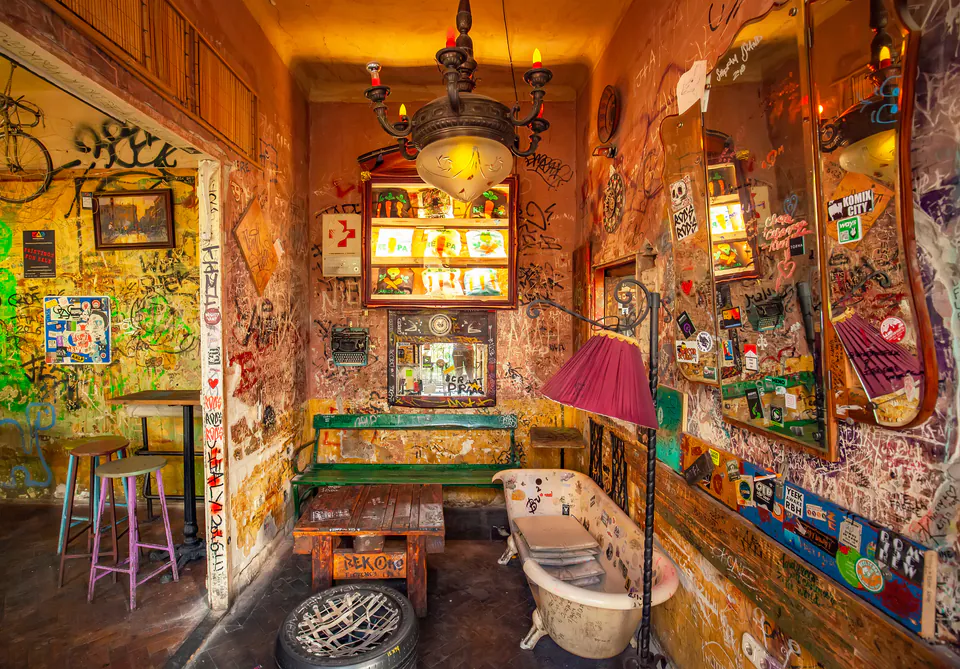
They're furnished with mismatched furniture found on the street, quirky art installations, and graffiti-covered walls. They have this bohemian, unpretentious, uniquely Budapest vibe that shows the city's post-communist creative revival.
Szimpla Kert (Kazinczy utca 14) is the original and most famous ruin bar. It's this sprawling, multi-room maze filled with weird stuff. Instant - Fogas Komplexum is a massive complex that merges several ruin bars with multiple dance floors and a crazy party atmosphere.
Try local Hungarian craft beers, strong fruit brandy Pálinka, or traditional herbal liqueur Unicum. These places work as community hubs and cultural spaces, perfect for soaking in Budapest's alternative nightlife.
Important Practical Stuff
Getting Around Like You Know What You're Doing
Budapest's public transport system is really comprehensive with metro lines, trams, and buses. The historic M1 Millennium Underground line is continental Europe's first and is an attraction by itself. The BudapestGO app is super helpful for real-time journey planning, buying tickets, and traffic notifications.
Transportation Options:
- Single Ticket: 450 HUF from machines/apps, 600 HUF from bus drivers
- 24-hour Budapest Travelcard: 2,500 HUF for unlimited BKK services
- Budapest Card: €44 including free transport, museum entries, and various discounts
Always validate single tickets before your journeys. If you don't have a valid ticket when inspectors check, you get hit with on-the-spot fines.
Budapest Attraction Snapshot
| Attraction | Est. Visit Time | Location | Key Tip |
|---|---|---|---|
| Buda Castle Complex | 1-3 hours | Buda (I) | Explore courtyards; pick one museum if time is tight |
| Matthias Church | 45 mins - 1 hr | Buda (I) | Check for liturgical events before visiting |
| Fisherman's Bastion | 30-60 mins | Buda (I) | Best Parliament photos here, especially at sunrise/sunset |
| Hungarian Parliament | 45 mins (tour) | Pest (V) | Book tickets online FAR in advance from jegymester.hu |
| St. Stephen's Basilica | 1-1.5 hours | Pest (V) | Visit the dome for panoramic city views |
| Szechenyi Thermal Bath | 2-3 hours | Pest (XIV) | Pre-book tickets online; bring own towel & flip-flops |
Hungarian Food Basics
Hungarian cuisine is all about hearty, flavorful dishes with paprika as the signature ingredient. Goulash (Gulyás) is Hungary's national dish. It's a rich soup with beef, onions, potatoes, vegetables, and tons of paprika seasoning. Lángos is popular street food. It's deep-fried flatbread topped with garlic oil, sour cream, and grated cheese.
Chimney Cake (Kürtőskalács) is a great sweet treat. It's spiral-shaped pastry roasted over charcoal, coated in caramelized sugar, often flavored with cinnamon or walnuts.
Signature drinks include Tokaji Wine (Hungary's famous sweet Aszú from UNESCO World Heritage wine region), Pálinka (traditional fruit brandy known for being strong and having pure fruit flavor), and Unicum (unique herbal liqueur with a distinctive bittersweet taste from a secret recipe of forty herbs and spices).
Money and Safety Stuff
Hungary's official currency is the Hungarian Forint (HUF). Credit cards (Visa, Mastercard) work pretty much everywhere in hotels, restaurants, and bigger shops, but cash is still important for smaller vendors, market stalls, and tips.
Use ATMs connected to well-known banks for the best exchange rates. Always choose to be charged in local currency (HUF) rather than your home currency to avoid conversion markups.
Budapest is generally safe for tourists, but use normal precautions against pickpocketing in crowded areas and on public transport. Tipping 10-15% is normal in restaurants if no service charge is included.
